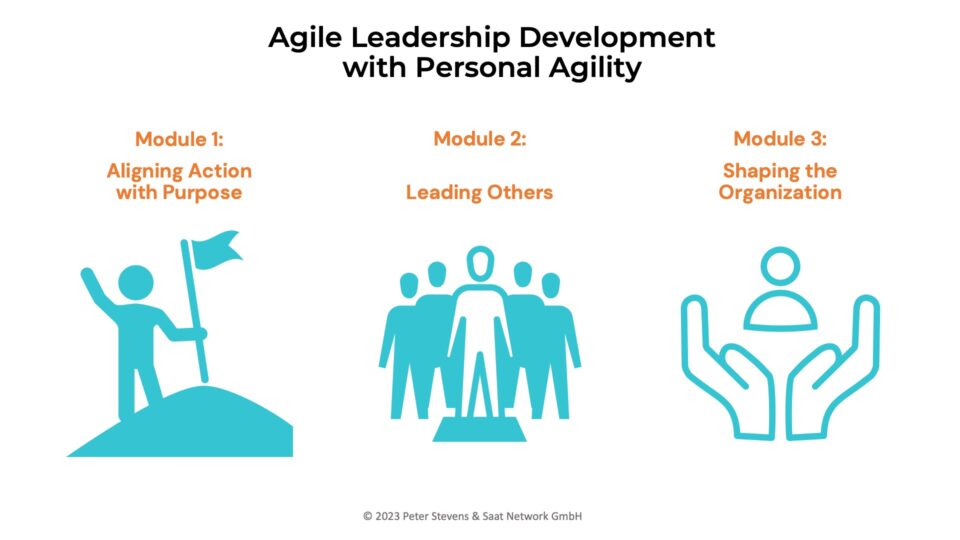A failed Sprint Review
01-04-2013New Scrum Course Program Announced
15-04-2013I don’t like the the term “Change Management.” I think it is an oxymoron. Management implies control. Change implies chaos. These are diametric opposites. Change is unpredictable. I think this implicit conflict between wanting change and wanting to stay in control is the reason that changing an organization is so difficult.
I believe you can lead change, inspire change or unleash change. IMHO, trying to manage change means you will fail. ( See also The Deadliest Sin of Change Leadership ).
What does this difference mean for change managers?
I was once recommended a video on change management, and the essential message was understanding how people react to change based on the Kübler-Ross Model, better know as the five phases of grief. My first reaction was WTF!? But then I realized this kind of reaction is a) probably quite widespread, and b) a consequence of one group people doing the thinking (“managers”), and another group having to execute and/or suffer the consequences of that decision.
Why is change so difficult to do? Because the way most people go about it provokes a series of responses that begin with denial and anger and end most likely with resigned acceptance. Unless the change initiative dies first. Can this be a promising strategy?
When teaching and coaching change, I draw primarily on three sources:
- Steve Denning’s Leadership Storytelling: First get people’s attention, then create desire, then reinforce with reasons. He uses ‘Springboard Stories’ to encourage people to think about a problem and imagine the potential of that problem solved; he uses ‘the Story of the Future’ to help people understand what that solution could mean for them; and finally ‘Remembering the future’ is a story telling approach approach to envisioning and planning the transformation, based on the assumption that it has already happened. (see also Remembering Heaven)
- Siraj Sirajuddin’s Temenos: Create deep mutual understanding within the leadership team — this also creates strong mutual trust in the team. They then can create a compelling shared vision that they can and want to carry forward. (see also My Experience Building Deep Trust)
- Simon Sinek’s talk at the TEDx PugetSound on how great leaders inspire action: Great leaders have a compelling answer to the question why? I am just discovering the power of this one, but so far it resonates deeply with me.
If you want to lead a change in your organization, check out my Master Class Workshop: Scrum, Vision and Team Performance. You learn to apply these approaches while improving the effectiveness of your Scrum and Kanban Teams.
What is the role of management? To lead change. To inspire change. To bring problems to the people who can solve them. I like the phase change leadership much better than change management, because leadership implies inspiration. Inspired leadership catalyzes lasting change all the time.




